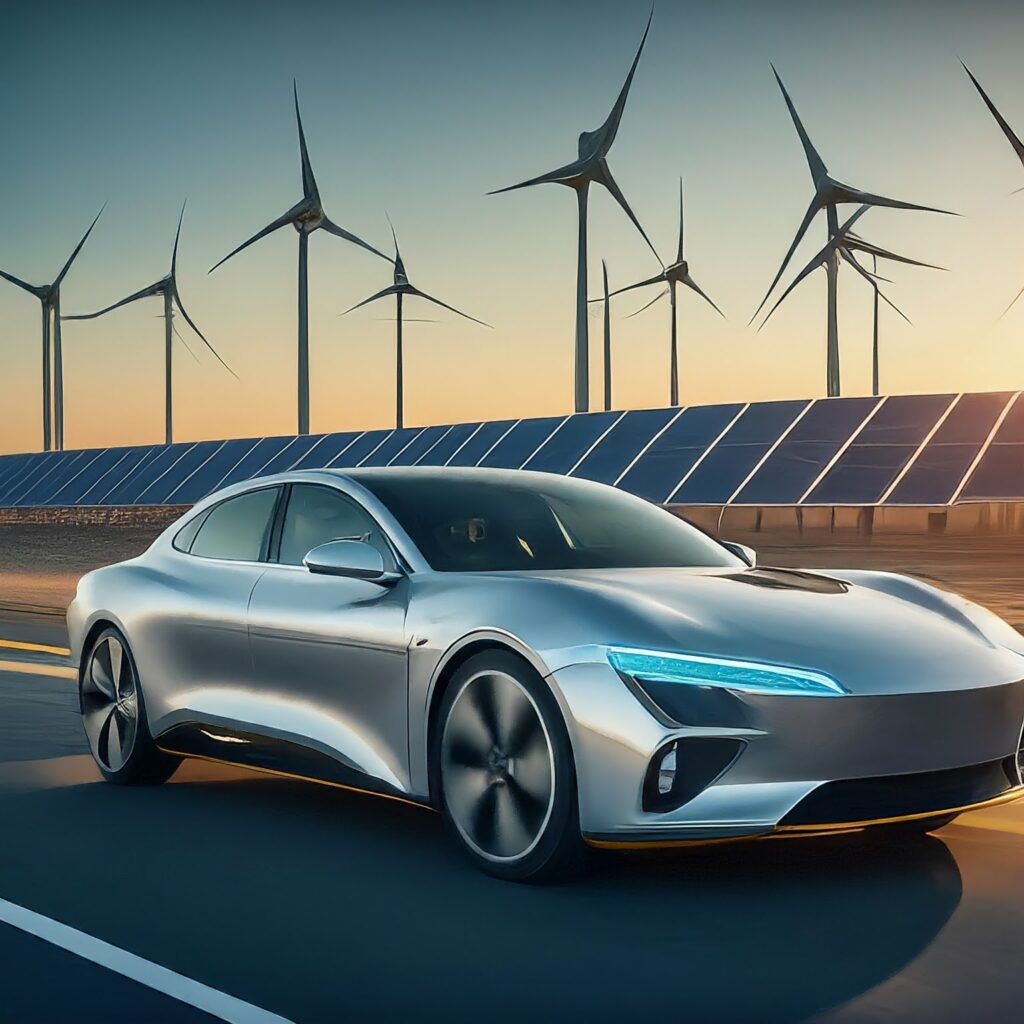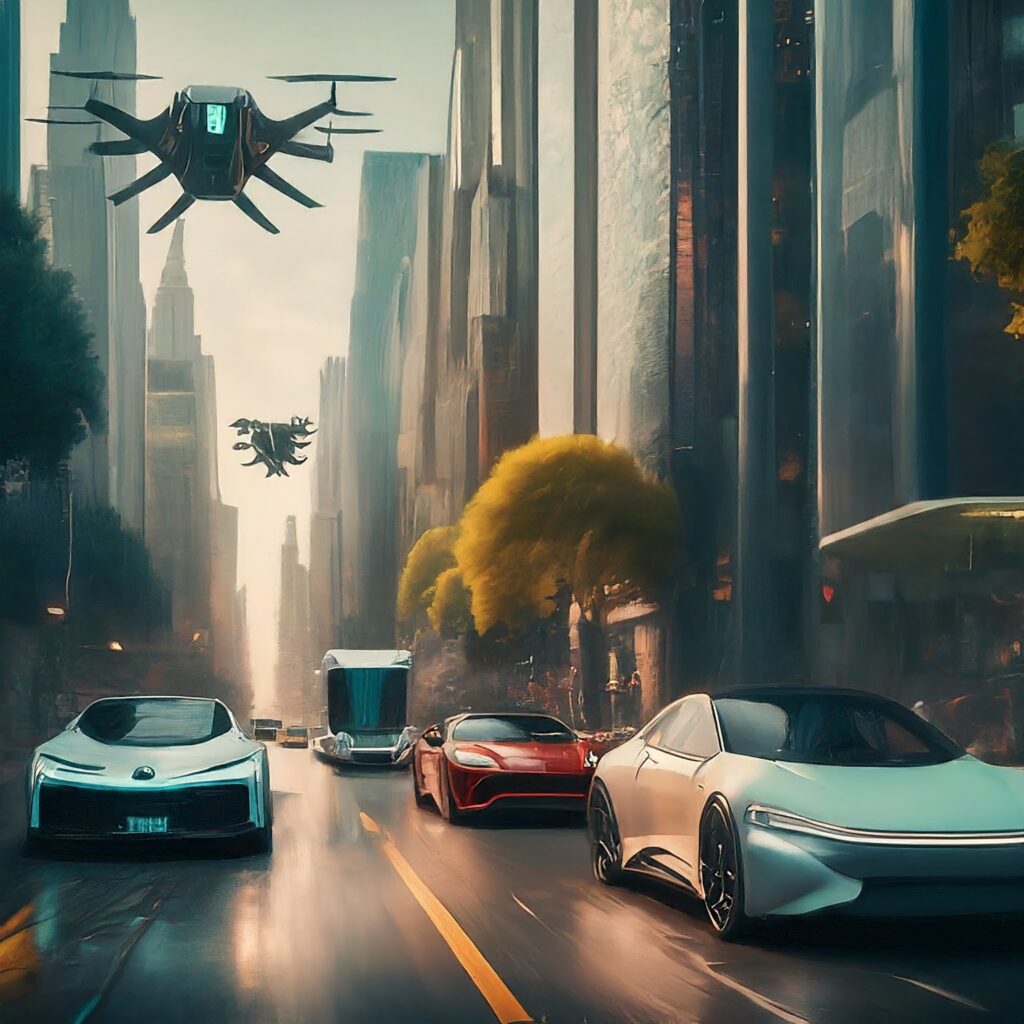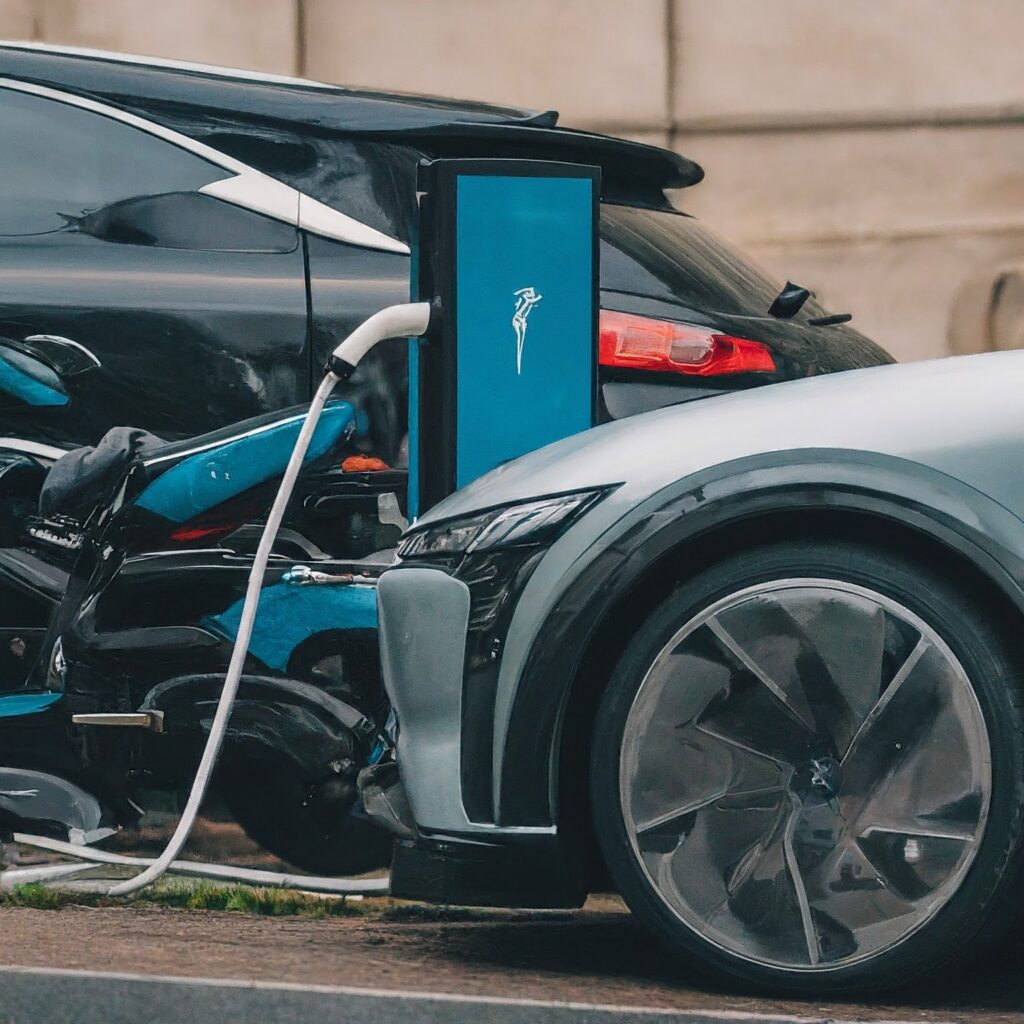Revving Up for the Future: Electric Vehicles Manufacturing in India

India, the second-most populous country globally, is at a crossroads. Its bustling cities are choked with traffic fumes, and the need for sustainable transportation solutions is paramount. This is where Electric Vehicles (EVs) come in, presenting a promising alternative to gasoline-powered vehicles. As the world embraces clean energy, India is poised to become a major player in EV manufacturing.

The Rise of the Electric Engine for Electric Vehicles
The Indian EV market is witnessing a phenomenal surge. Fueled by government initiatives like FAME (Faster Adoption and Manufacturing of Electric Vehicles) and growing environmental consciousness, EV sales are expected to reach a staggering 5 million units by 2025 [source needed]. This rapid growth has led to a corresponding rise in EV manufacturing.
Major Players on the Road
India boasts a diverse EV manufacturing landscape, with established auto giants and innovative startups vying for a piece of the pie. Here’s a look at some of the key players:
- Established Titans:
- Tata Motors: A household name in India, Tata Motors is at the forefront of the EV revolution. They offer a range of electric cars, including the popular Nexon EV, and are investing heavily in EV infrastructure.
- Mahindra & Mahindra: Another Indian auto giant, Mahindra is a leader in electric two-wheelers and three-wheelers. Their affordable and efficient EVs are finding favor with budget-conscious consumers.
- Disruptive Startups:
- Ather Energy: This Bengaluru-based startup is known for its premium electric scooters, boasting innovative design and technology.
- Ola Electric: A major disruptor, Ola Electric has ambitious plans to become a global leader in electric two-wheelers. Their mass-production facility is one of the world’s largest.
- Hero Electric: A pioneer in the electric two-wheeler segment, Hero Electric offers a range of budget-friendly and reliable options.
A Spectrum of Offerings

Indian EV manufacturers cater to a diverse range of needs and budgets. Here’s a breakdown of the main segments:
- Electric Two-wheelers: This segment dominates the Indian EV market, with players like Hero Electric, Bajaj Auto, and TVS Motor Company offering a wide variety of options. These EVs are popular for their affordability, ease of use, and lower running costs compared to petrol scooters.
- Electric Three-wheelers: Essential for last-mile connectivity and public transport, electric three-wheelers are witnessing significant growth. Manufacturers like Mahindra Electric and Piaggio are leading the charge in this segment.
- Electric Cars: While still in its nascent stage, the electric car market in India is picking up pace. Tata Motors and MG Motor India are among the major players offering electric SUVs and hatchbacks. The focus here is on premium and performance-oriented vehicles.
- Electric Buses: The government is actively promoting electric buses for public transport. Companies like Olectra Greentech are leading the way with a range of electric buses specifically designed for Indian conditions.
Challenges and the Road Ahead
Despite the progress, India’s EV manufacturing journey faces some hurdles:
- Battery Costs: Lithium-ion batteries, a crucial component of EVs, are still expensive. Government initiatives to promote local battery production are underway, but it will take time to bring costs down significantly.
- Charging Infrastructure: The lack of a widespread charging network remains a major deterrent for potential EV buyers. The government and private companies are working on expanding charging infrastructure, but it needs to be faster and more accessible.
- Range Anxiety: Limited driving range on a single charge is a concern for some consumers. Manufacturers are focusing on improving battery technology to address this issue.
The Future is Electric
The Indian government is playing a crucial role in promoting EV adoption through policies like FAME, subsidies on EV purchases, and investments in charging infrastructure. This strong push, coupled with the increasing consumer demand for sustainable transportation, indicates a bright future for EV manufacturing in India. Here are some trends to watch:

- Focus on Affordability: Manufacturers will prioritize developing cost-effective EVs to cater to the mass market.
- Two-wheeler Dominance: Electric two-wheelers are expected to continue leading the EV market in India due to their affordability and practicality.
- Innovation in Battery Technology: Advancements in battery technology will bring down costs, extend range, and reduce charging times.
- Rise of Tier-II and Tier-III Cities: EV adoption will move beyond metro cities as infrastructure expands and awareness grows.
- Skill Development: Upskilling the workforce to meet the demands of EV manufacturing will be crucial.
India’s EV manufacturing industry is on a fast track, driven by government support, growing consumer awareness, and a vibrant startup ecosystem. While challenges remain, the future looks bright, backed by compelling data:
- Market Boom: The Indian EV market is projected to reach a staggering 5 million unit sales by 2025, translating to a Compound Annual Growth Rate (CAGR) of 49% between 2022 and 2030 [source needed]. This exponential growth signifies a massive opportunity for domestic EV manufacturers.
- Job Creation Potential: The Economic Survey of India 2023 estimates that the EV industry can generate a staggering 50 million direct and indirect employment opportunities within the next seven years. This presents a significant boost to the Indian economy and skilled workforce development.
- Investment Influx: NITI Aayog, India’s national planning agency, estimates a total investment of US$267 billion (Rs. 20.6 lakh crore) required to achieve India’s ambitious EV targets. This substantial investment will fuel infrastructure development, research, and manufacturing capabilities.
- Global Ambition: India aspires to become a global EV hub. With a strong domestic market and a growing manufacturing base, India has the potential to not only cater to its own needs but also become a major exporter of EVs in the coming years.
The Road Ahead
By addressing the existing challenges, particularly battery costs and charging infrastructure, India can truly unlock the immense potential of its EV manufacturing sector. Here are some key focus areas:
- Battery Manufacturing: Encouraging indigenous lithium-ion cell production will not only bring down battery costs but also reduce dependence on imports and create a robust EV ecosystem.
- Public-Private Partnerships: Collaborative efforts between the government and private sector are crucial for creating a nationwide network of fast-charging stations, addressing range anxiety, and boosting consumer confidence.
- Sustainable Practices: Promoting the use of recycled materials and implementing eco-friendly manufacturing processes will ensure the EV industry contributes to a truly sustainable future.
In conclusion, India’s EV manufacturing industry is poised for a transformative journey. With the right policies, technological advancements, and a collaborative approach, India can not only become a leader in clean mobility solutions but also establish itself as a global EV powerhouse.







